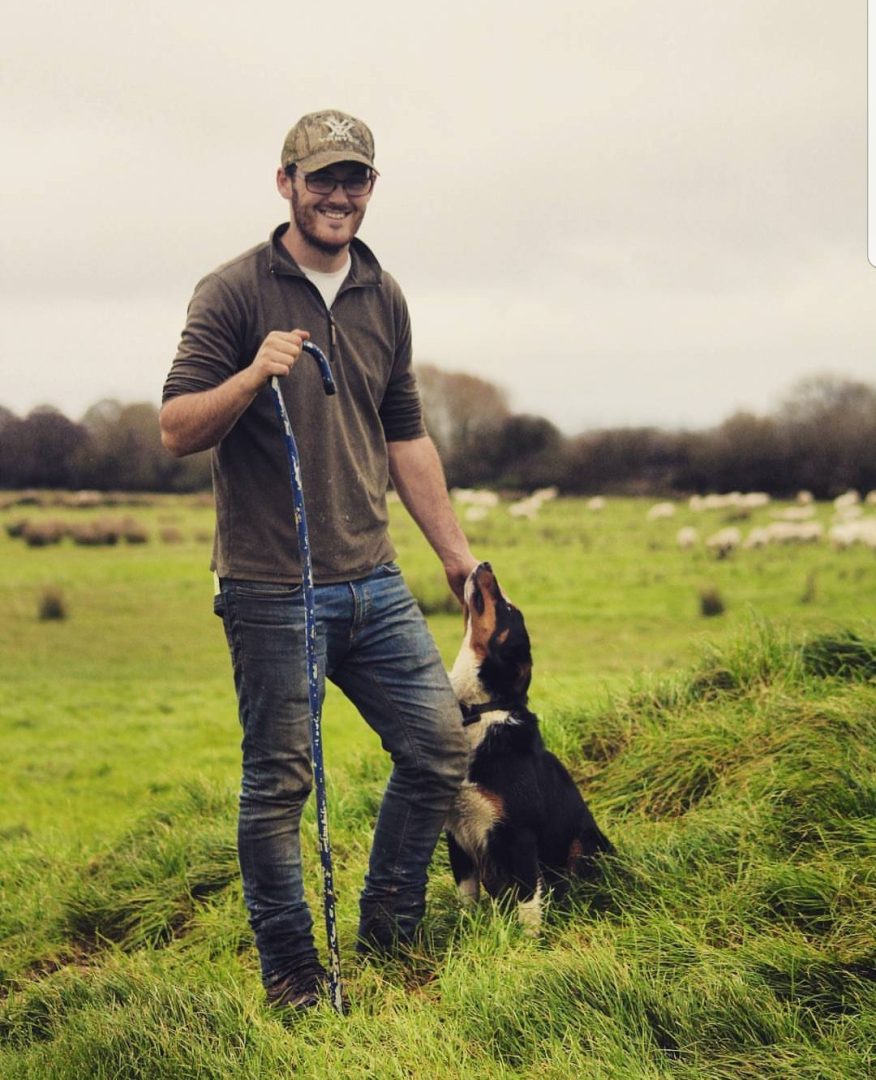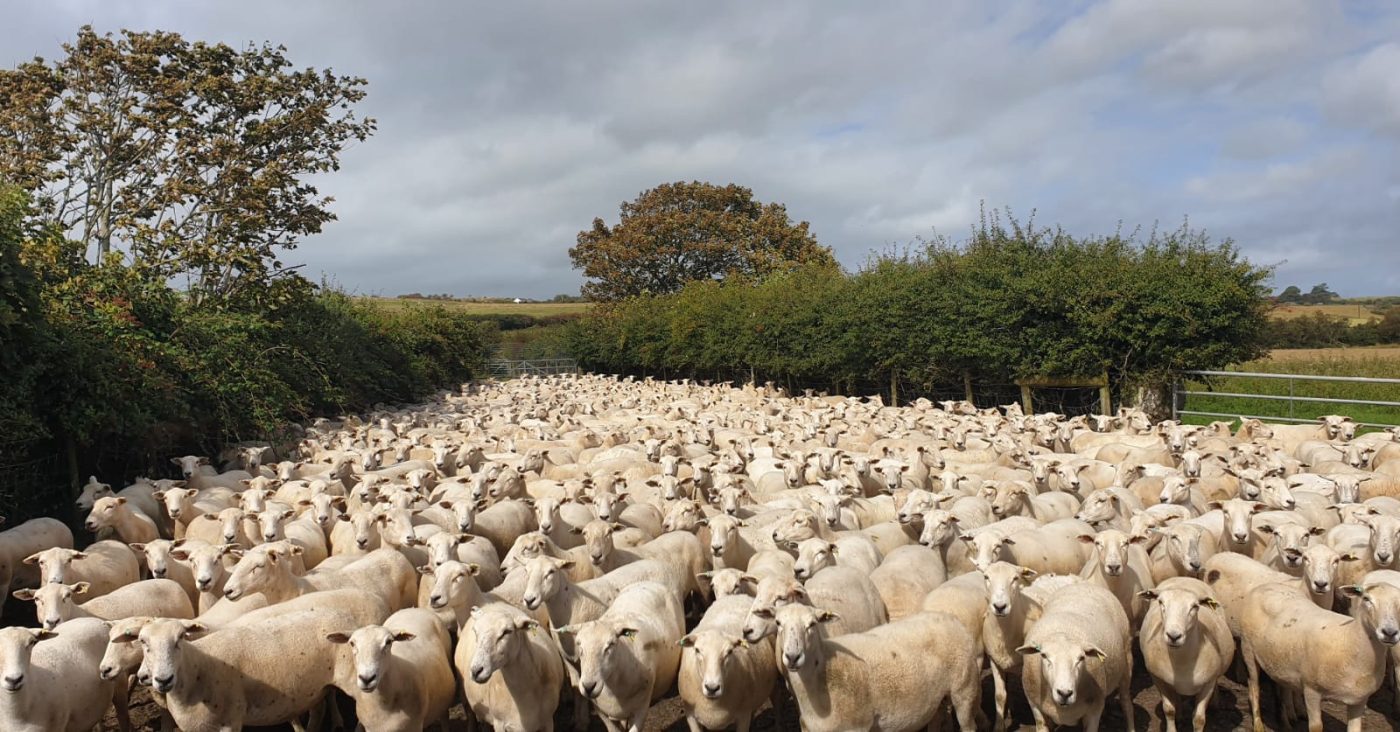Breeding Management
Easy Care with TagFaster!
 Morgan Owen’s grandfather Iolo Owen, in the mid ’60s looked into an alternative breed of ewe to the Welsh Mountain he brought in from various sources, thus crossing the Wiltshire Horn with Nelson Welsh creating the Easy Care ewe. Having been successful, they have built up the flock to 2700 ewes- all of which are sold off as proven three-year-olds. These ewes may well go on to breed for another three years, mostly mated with an Easy Care ram however some selecting the heavier commercial types and using the ewe’s mothering ability to their advantage. The breeding ewe and ram sales are held during the September and October months at Skipton, Gaerwen, Exeter, Worcester and Carlisle.
Morgan Owen’s grandfather Iolo Owen, in the mid ’60s looked into an alternative breed of ewe to the Welsh Mountain he brought in from various sources, thus crossing the Wiltshire Horn with Nelson Welsh creating the Easy Care ewe. Having been successful, they have built up the flock to 2700 ewes- all of which are sold off as proven three-year-olds. These ewes may well go on to breed for another three years, mostly mated with an Easy Care ram however some selecting the heavier commercial types and using the ewe’s mothering ability to their advantage. The breeding ewe and ram sales are held during the September and October months at Skipton, Gaerwen, Exeter, Worcester and Carlisle.
Using the TagFaster automatic system has contributed significantly to the low input labour costs on the farm.
Morgan can do all the tagging on his own, due to the effectiveness of the applicator feeding ten pairs through at a time. Even though the breed society doesn’t specify on visual tag colour, having seven colours to choose from fits in with the farm’s system of changing colour each year distinguishing the ewe’s ages, without having to go through all the mouths. Having the double tags printed with ‘Easy Care’ at no extra cost on the TagFaster range, clearly aids in the recognition of the breed, thus eliminating the need for a third tag, which is used when sellers haven’t got the information on their current tag.



